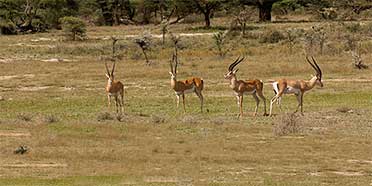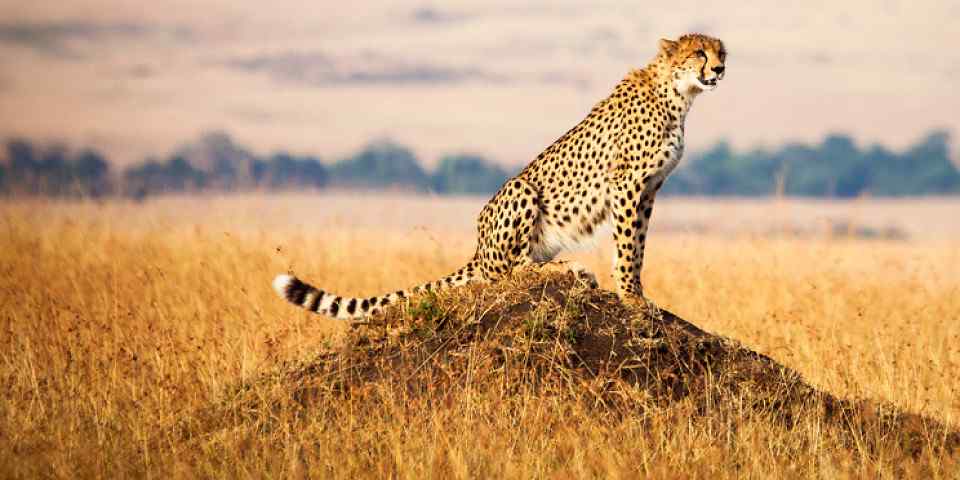
Safari Tours to Samburu NR
-
![10-Day Luxury Kenya Safari Tour]()
10-Day Luxury Kenya Safari Tour
$9,099 to $12,299 pp (USD)
Kenya: Private tourLuxuryLodge & Hotel
You Visit: Nairobi (Start), Samburu NR, Mara North Conservancy (Greater Masai Mara), Diani Beach, Nairobi (End)

Wayfairer Travel
4.8/5 – 184 Reviews
-
![9-Day Kenya Cat Scratch Circuit]()
9-Day Kenya Cat Scratch Circuit
$4,953 to $6,003 pp (USD)
Kenya: Private tourLuxuryLodge & Tented Camp
You Visit: Nairobi (Start), Samburu NR, Lake Nakuru NP, Masai Mara NR, Mara North Conservancy (Greater Masai Mara), Nairobi (End)

Brighte Maasai Adventures
4.9/5 – 17 Reviews
-
![3-Day Samburu Flying Safari Tour]()
3-Day Samburu Flying Safari Tour
$1,342 to $1,502 pp (USD)
Kenya: Private tourLuxuryTented Camp
You Visit: Nairobi (Start), Samburu NR, Nairobi (End)

Trav-Interactive
4.9/5 – 52 Reviews

 Kenya Parks
Kenya Parks











